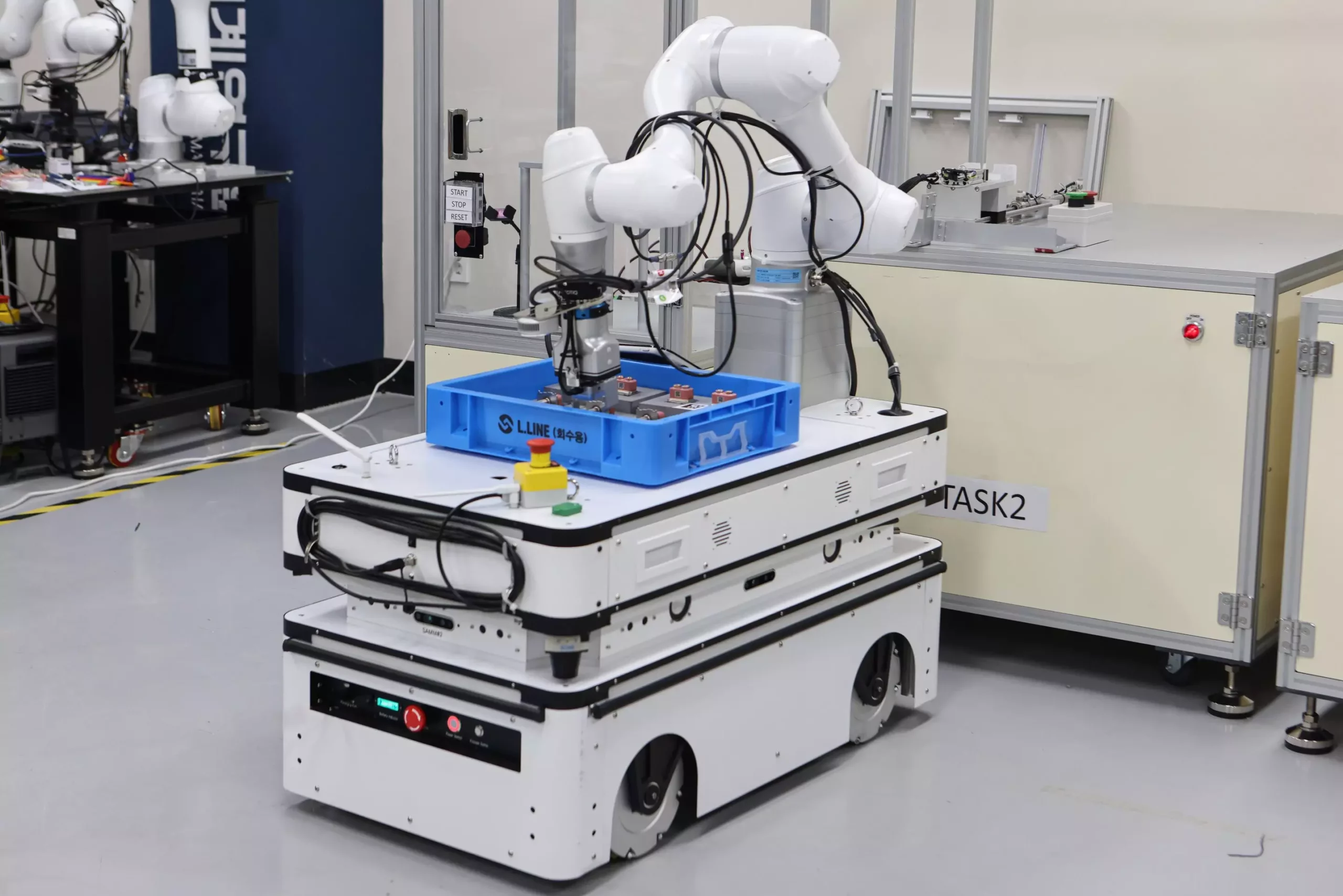In a groundbreaking development, a team of researchers at the Korea Institute of Machinery and Materials (KIMM) has successfully developed an artificial intelligence (AI) technology for robot work that can revolutionize manufacturing processes. This cutting-edge technology, based on the “Large Language Model (LLM)” and a virtual environment, enables robots to be easily applied to various manufacturing tasks such as the production of automobiles, machine parts, assembly, and more. With the potential to enhance the working environment and productivity at manufacturing sites, this breakthrough technology marks a significant milestone in the field of robotics.
Traditionally, when utilizing robots for manufacturing tasks, the work environment or object needed to be modified to accommodate the robot. This limitation severely restricted the range of tasks that could be performed by robots. However, the newly developed AI technology for robot work eliminates this constraint by allowing robots to adapt to the existing work environment. By understanding user commands and automatically generating and executing tasks, robots can now seamlessly integrate into manufacturing processes.
One of the key features of this AI technology is its ability to automatically generate task sequences and movements through voice or text commands. This automation not only simplifies the workflow but also optimizes the work point selection by leveraging pre-learning in a virtual space. Additionally, the technology minimizes the work process, detects objects, and avoids collisions, leading to increased efficiency and productivity on the manufacturing floor.
Until now, the integration of various technologies related to robotics tasks, such as movement and recognition, has been a significant challenge. While some individual technologies have been developed, a comprehensive solution that combines them has been lacking. The emergence of AI technologies like the LLM presents a promising opportunity to bridge this gap. By combining AI with robotics, tasks that were previously difficult to automate can now be performed with ease and precision.
One of the main obstacles in implementing advanced AI technologies in manufacturing sites has been the limited testing environment. Most experiments and tests were conducted exclusively in laboratory settings, making it difficult to gauge their effectiveness in real-world scenarios. However, the newly developed AI technology for robot work addresses this challenge. By enabling pre-learning in a virtual space, the technology allows for specific tasks to be defined and executed with minimal on-site modification. This breakthrough paves the way for on-site demonstration tests, providing valuable insights and enhancing the adaptability of the technology for various situations that may arise in manufacturing sites.
With ongoing on-site demonstration tests, the potential impact of this AI technology on manufacturing sites is substantial. The ability to seamlessly integrate robots into manufacturing processes without the need for extensive modifications opens up new possibilities for automation and efficiency. As the scope of manufacturers adopting this technology expands, the working environment is expected to improve significantly, with increased productivity and reduced operational costs.
The development of AI technology for robot work by the KIMM marks a significant milestone in the field of robotics and manufacturing. By leveraging the power of LLM and virtual environments, this breakthrough technology enables robots to be easily applied to various tasks, transforming the manufacturing landscape. With the potential to streamline workflow, enhance efficiency, and overcome previous technological limitations, this AI technology heralds a new era of automation and productivity in manufacturing processes. As the technology continues to undergo on-site demonstrations and testing, it holds the promise of revolutionizing how robots are utilized in manufacturing sites, paving the way for a more efficient and productive future.


Leave a Reply